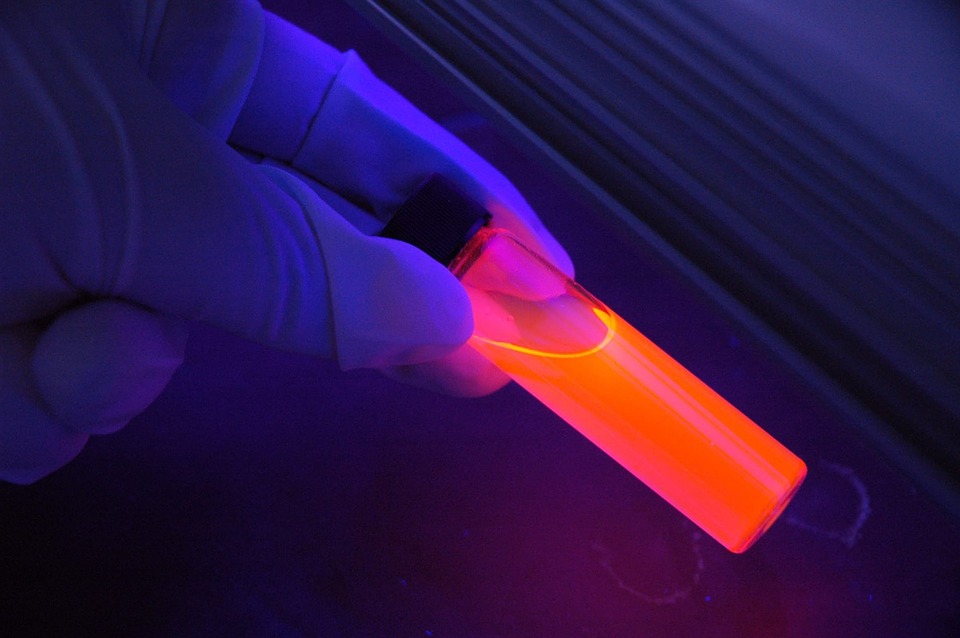Stephen A. Hill, a Sadiyah Sheikh, a Qiaoyu Zhang,a Lorena Sueiro Ballesteros,b Andrew Herman,b Sean A. Davis,a David J. Morgan, c Monica Berry,a David Benito-Alifonsoa and M. Carmen Galan.
Nanoscale Adv., 2019,1, 2840-2846 . DOI: 10.1039/C9NA00293F
Abstract
The development of effective theranostic probes in cancer therapy is hampered due to issues with selectivity and off-target toxicity. We report the selective LED-photothermal ablation of cervical (HeLa) cancer cells over human dermal fibroblasts (HDF) using a new class of green-emissive fluorescent carbon dots (FCDs). The FCDs can be easily prepared in one pot using cheap and commercial starting materials. Physico-chemical characterization revealed that a surface coating of 2,5-deoxyfructosazine on a robust amorphous core gives rise to the nanomaterial’s unique properties. We show that intracellular uptake mostly involves passive mechanisms in combination with intracellular DNA interactions to target the nucleus and that cancer cell selective killing is likely due to an increase in intracellular temperature in combination with ATP depletion, which is not observed upon exposure to either the “naked” core FCDs or the surface components individually. The selectivity of these nanoprobes and the lack of apparent production of toxic metabolic byproducts make these new nanomaterials promising agents in cancer therapy.



